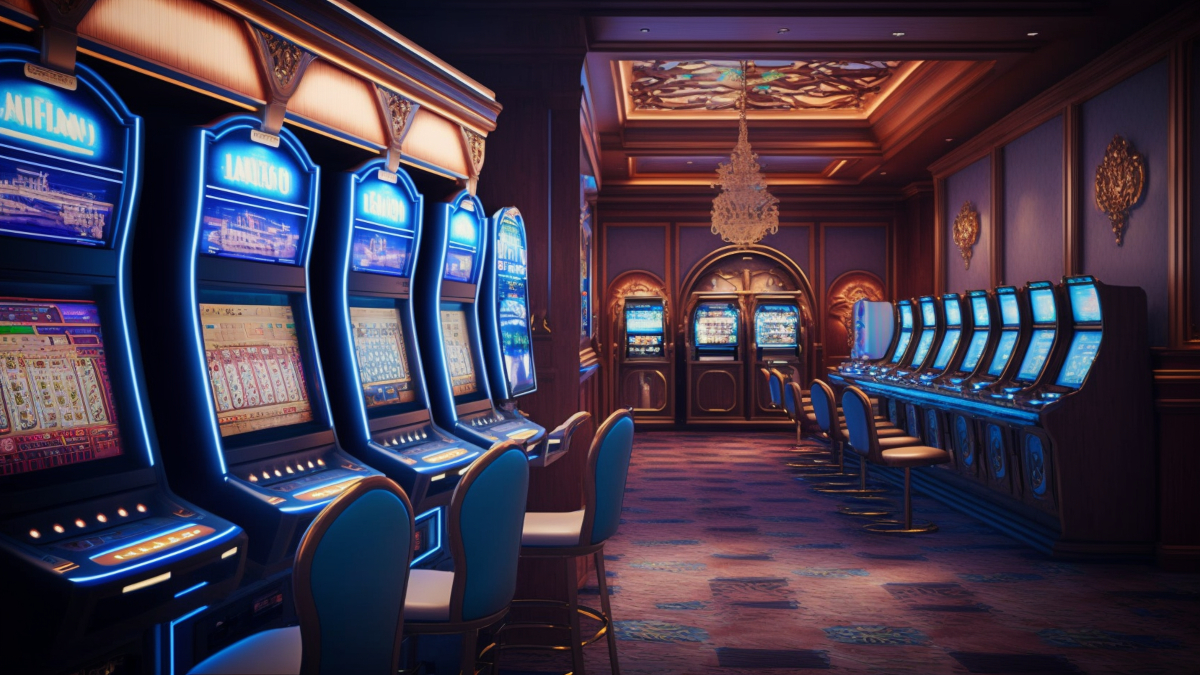The realm of casino entertainment has long fascinated participants with its combination of excitement, tactics, and the excitement of chance. As tech advancements progresses and the gaming landscape changes, an innovative approach known as gamification has begun to transform the way we interact with these classic games. By including game-like features such as competition, prizes, and progress tracking, gamification enhances player interaction and transforms the classic casino atmosphere into a more dynamic and inviting space.
This approach in casino games not only attracts to seasoned gamblers but also draws in a new group of players who desire a much engaging experience. Featuring features that promote involvement and foster connection among participants, the gamified features infuse new life into beloved classics like casino poker, 21, and slot machines. As we delve deeper into this phenomenon, we will investigate how gamification is transforming the casino atmosphere, making it more inclusive, entertaining, and rewarding for everyone participating.
Comprehending Game Elements
Gamification refers to the application of gaming elements in real-world environments to enhance player engagement and interaction. In the domain of gambling, this idea has achieved considerable momentum, transforming conventional gaming into a much dynamic and satisfying experience. By integrating components such as points, levels, and prizes, casinos can create an environment that drives players to engage more often and for extended durations.
At the center of gamification is the urge to tap into the internal desires of players. Casino games that use gamification methods are shaped to not only entertain but also to promote competition and success. Players are often compelled to the prompt responses and progress tracking that these features provide. This not only maintains them engaged but also cultivates a notion of accomplishment as they attain milestones and access fresh features.
Moreover, gamification can improve social engagement among players, creating a social atmosphere that improves the enjoyment of gaming experiences. Elements such as ranking systems, group contests, and collaborative tasks allow players to link with others, exchange experiences, and compete in a good-natured manner. This social aspect adds another dimension to the experience, making it even more captivating and satisfying for gamers.
Effect on Gamer Involvement
Game design techniques in gaming establishments have significantly altered the way users engage with their favorite activities. By including features such as prizes, leaderboards, and trophies, gambling establishments create an setting that encourages a deeper bond between users and the experiences they enjoy. This increased engagement results to prolonged gaming time and heightened player loyalty, as gamers work to unlock new levels or receive special rewards. Nhà Cái MB66
Moreover, the interactive component of game-based casino games cannot be overlooked. Several venues allow players to challenge against friends or other gamers, which brings a dimension of thrill and camaraderie. This competition drives engagement by tapping into players’ competitive instincts, prompting them to come back for extra in order to enhance their standings or display their successes. As a result, the social interactions foster a sense of community that keeps gamers coming back.
Additionally, the instant recognition and acknowledgment provided by interactive features serve to inspire players. It may be a message of a recent achievement or the excitement of earning a prize, these quick recognitions play a crucial role in maintaining attention. By continually offering gamers for their participation, casino games become not only a leisure activity; they transform into an engaging activity that entices players and boosts their overall experience.
Trends in Casino Game Design

The landscape of gambling game design is regularly evolving, driven by technological advancements and changing player preferences. One significant trend is the incorporation of immersive technologies, such as VR reality and augmented reality, to enhance the gaming experience. Such technologies create a more engaging environment, enabling players to feel as though they are in a real casino, which can lead to longer play sessions and increased player satisfaction.
Another trend is the incorporation of narrative elements into casino games. Game designers are focusing on narratives to create a stronger connection between the player and the game. This narrative-driven approach not only makes the games more enjoyable but also motivates players to invest emotionally, which can enhance their complete experience. By blending traditional gaming mechanics with captivating stories, developers are attracting a wider audience who may not have before engaged with casino games.
Lastly, the rise of social gaming features is reshaping how players interact with casino games. Many games now incorporate social elements, such as sharing achievements or competing with friends, to promote social interaction and engagement. This trend reflects a move towards a more participatory experience, where players can connect with others, sharing their enthusiasm and struggles. As casinos adapt to these social dynamics, the experience of gaming becomes not just about individual play, but also about building connections among players.